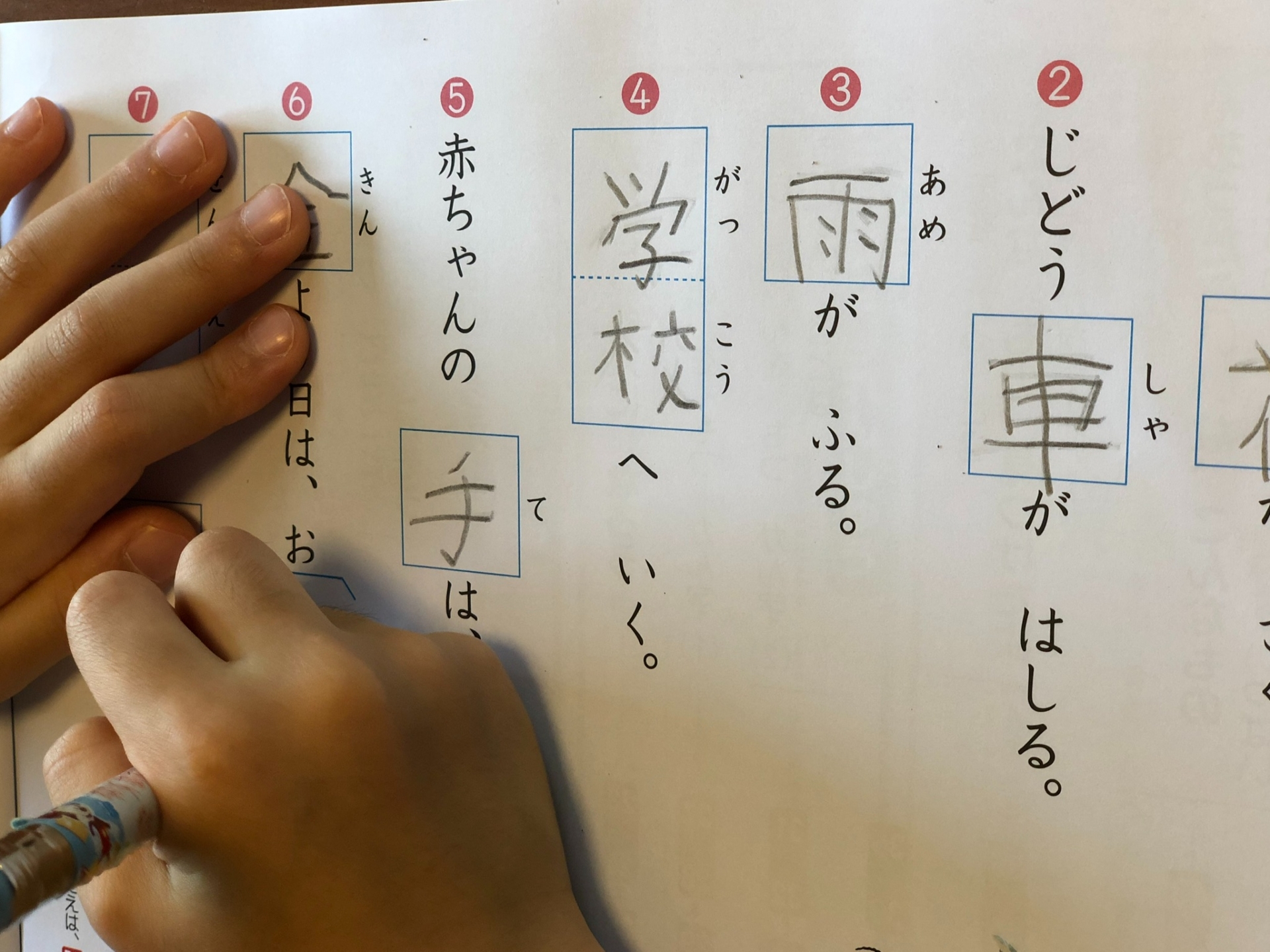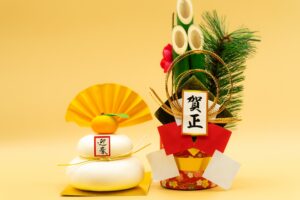Kanji, one of the three writing systems in Japanese, is essential for anyone looking to master the language. With roots in ancient Chinese script, kanji characters carry both meaning and pronunciation, making them a vital part of Japanese communication. This article delves into the history, structure, and usage of kanji, offering practical tips for learners at all levels.
What is Kanji?
Kanji is a logographic system used in the Japanese writing system, consisting of characters that represent words or morphemes. Originating from Chinese characters, kanji are used alongside hiragana and katakana to write Japanese. Each kanji character can have multiple readings and meanings, adding to its complexity. Understanding kanji is crucial for reading Japanese newspapers, literature, and even everyday signs.
The Origins of Kanji
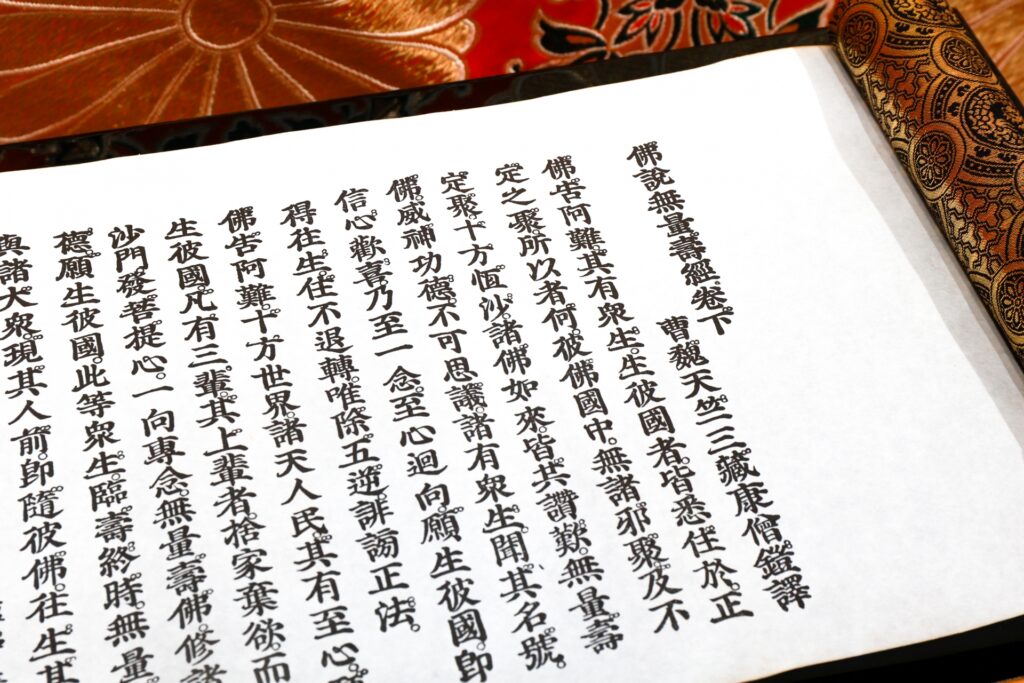
Kanji’s origins trace back to ancient China, where characters were developed over millennia to represent words and concepts visually. These characters were introduced to Japan around the 5th century AD through cultural exchanges. Japanese scholars adapted the Chinese characters to fit the Japanese language, modifying their usage and integrating them into their writing system. This adaptation included the development of both the onyomi (Chinese readings) and kunyomi (Japanese readings) for each kanji.
Kanji vs. Hiragana and Katakana
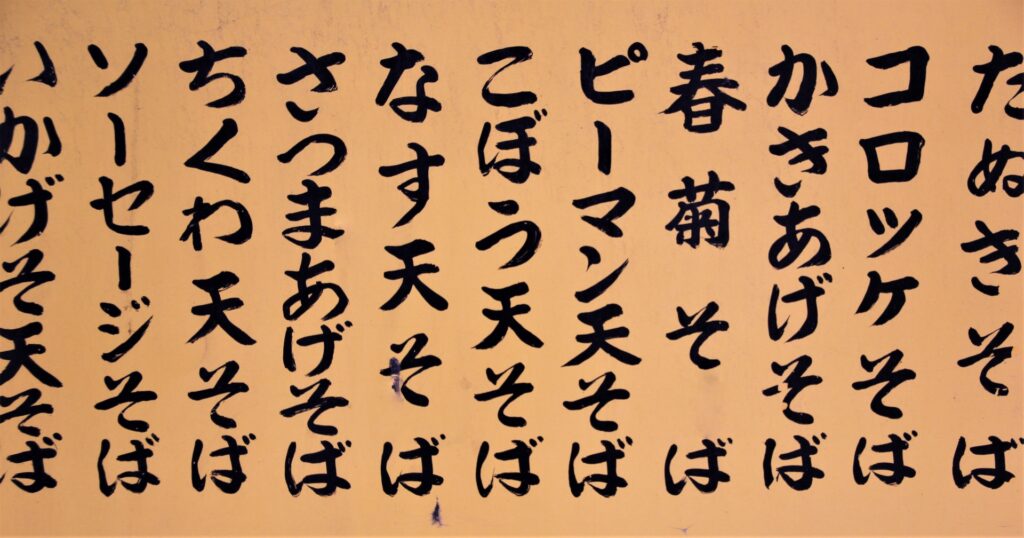
While kanji are used to represent core meanings in words, hiragana and katakana are syllabaries used for grammatical purposes and foreign words, respectively. Hiragana is typically used for native Japanese words and grammatical functions, while katakana is employed for foreign names, technical terms, and onomatopoeia. This tripartite system allows for a nuanced and rich expression in written Japanese, with kanji providing the backbone of semantic content.
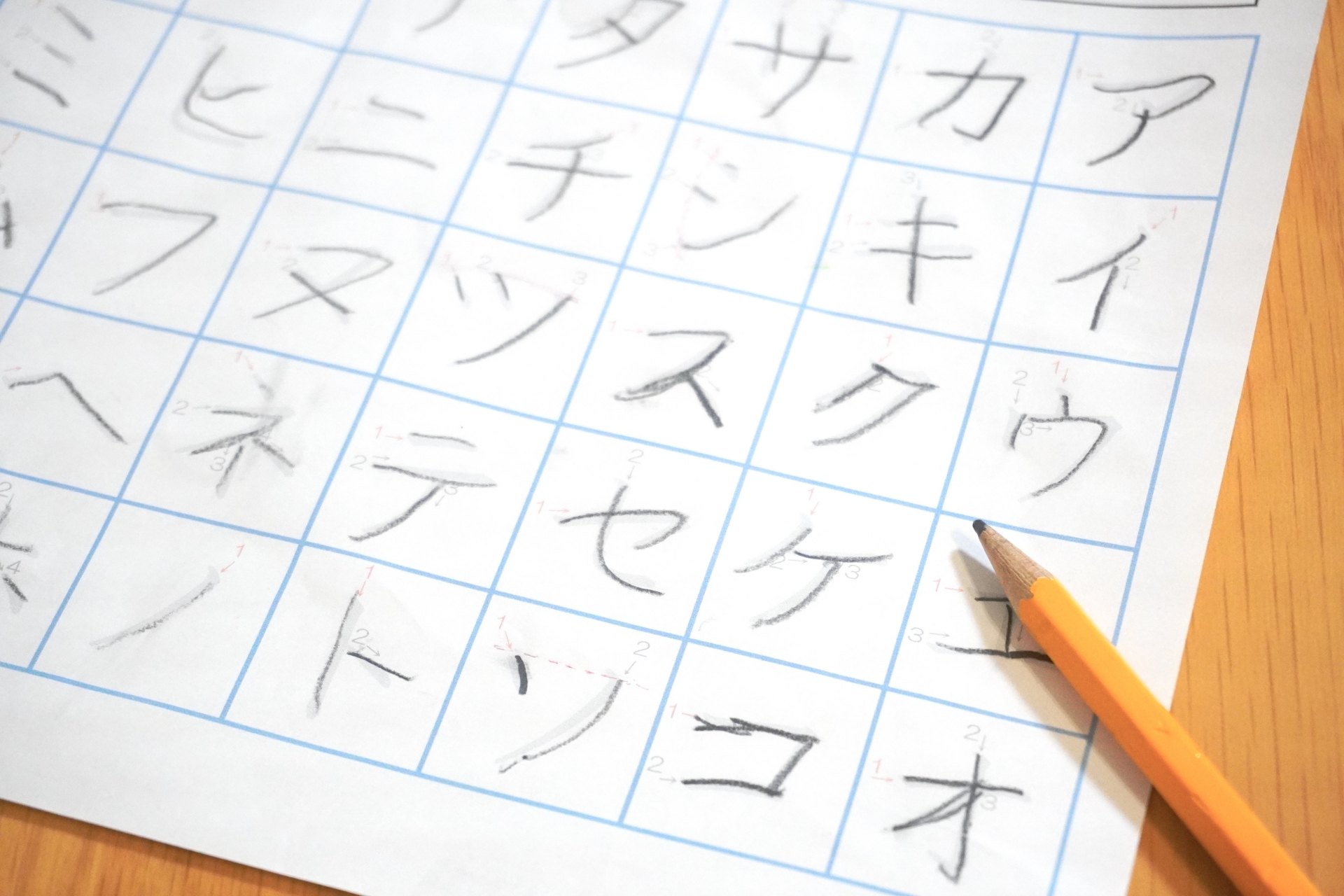
Learning Kanji
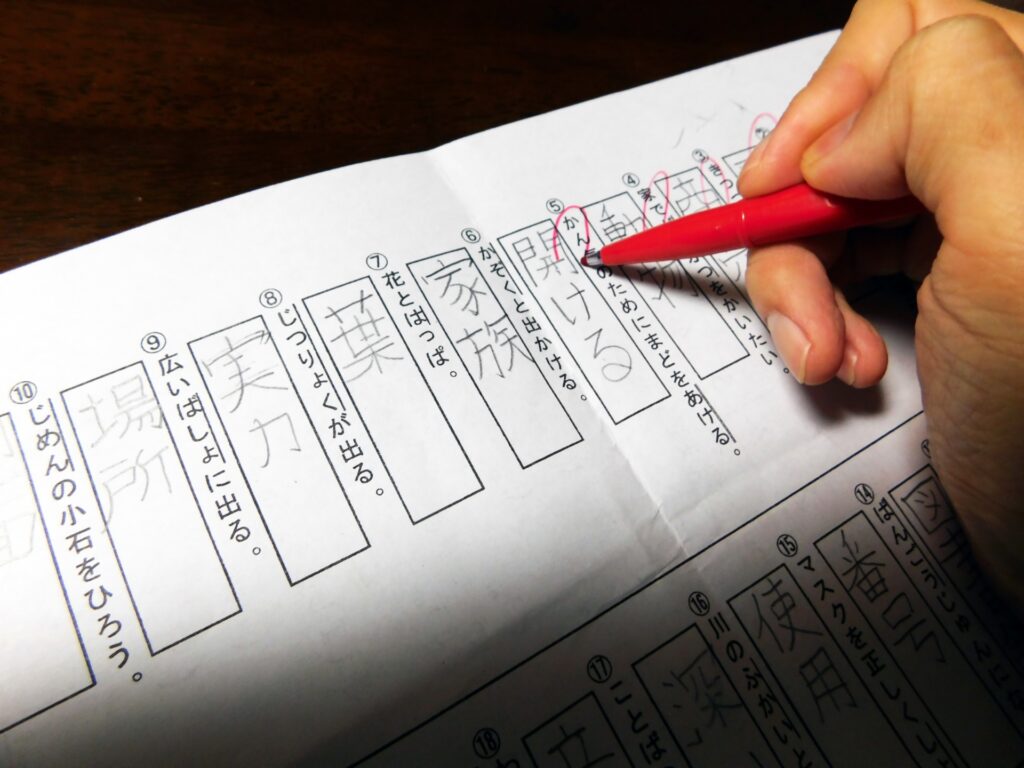
Learning kanji can be daunting due to the sheer number of characters and their complexity. Effective strategies include consistent practice, mnemonic devices, and context-based learning. Beginners should start with the most frequently used kanji, gradually building their knowledge base. Advanced learners often focus on kanji used in specific contexts such as literature, science, or business.
Tools and Resources for Learning Kanji
Numerous tools and resources are available for learning kanji, from traditional textbooks to modern apps. Digital tools like Anki for flashcards, WaniKani for systematic kanji learning, and apps like Kanji Study offer interactive ways to practice. Websites like Jisho.org provide detailed information about each kanji, including stroke order, meanings, and example sentences, making them invaluable for learners.
Practical Applications of Kanji
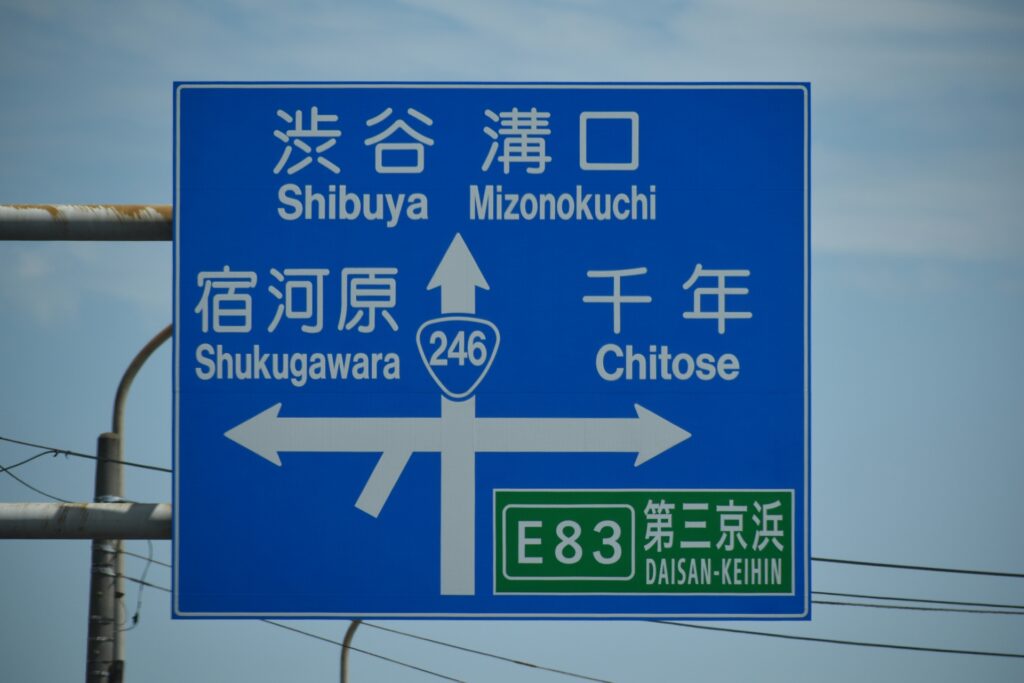
Kanji is not just an academic pursuit; it has practical applications in daily life and professional settings in Japan. From reading menus and street signs to understanding official documents and business correspondence, kanji proficiency is essential. In technology, kanji is used in digital interfaces, software localization, and even in coding languages specific to Japan. Mastery of kanji enhances communication and cultural understanding, making it an invaluable skill for anyone interacting with Japanese society.
The Artistic Side of Kanji

Kanji calligraphy, known as shodo, is a respected art form in Japan, combining linguistic skill with aesthetic beauty. Practicing kanji calligraphy involves mastering brush strokes, balance, and composition, reflecting the writer’s discipline and creativity. This art form is deeply rooted in Japanese culture and is often used in ceremonies, art exhibits, and personal expression, highlighting the cultural significance of kanji beyond its practical use.
Conclusion
Understanding kanji is fundamental for anyone interested in the Japanese language and culture. This writing system, with its rich history and practical applications, offers a window into the Japanese way of thinking and expression. Whether for educational purposes, travel, or professional needs, mastering kanji opens up new opportunities for communication and cultural appreciation. Continuous learning and practice will help learners appreciate the complexity and beauty of kanji, enriching their overall experience with the Japanese language.

